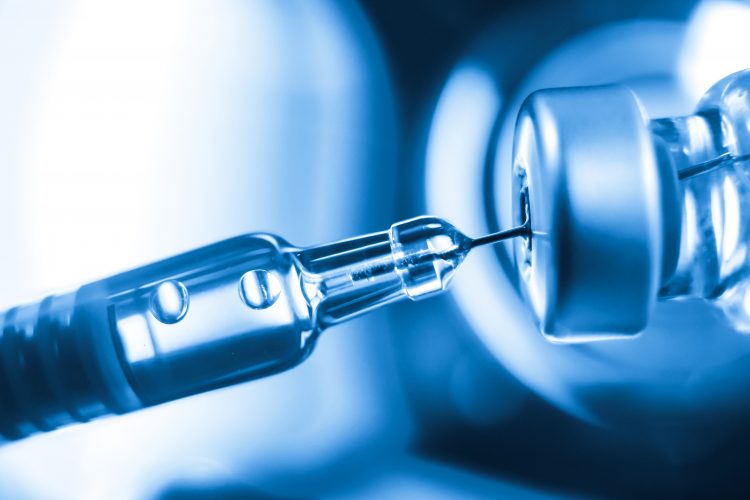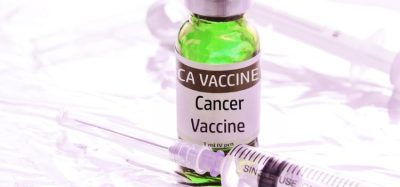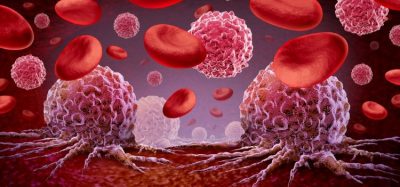Medical device design – a key consideration when entering biosimilars market
Posted: 25 November 2019 | European Pharmaceutical Review | No comments yet
A recent industry report projects a boom in the biosimilars market over the next three years and highlights key considerations for meeting its potential.


Owen Mumford Pharmaceutical Services, a global medical device design and manufacturing company, has released a report assessing the near-term competitive biosimilars markets in the USA and Europe. Therein, the report outlines the role of drug delivery device design in serving this significant market.
Pundits expect the available market for biosimilar manufacturers seeking to compete with original reference biologics coming off patent between late 2018 and 2023 to be considerable, both in Europe and in the USA. However, even where healthcare regulators, managers and clinicians encourage adoption of biosimilars as appropriate for the patient, there remain some important issues to be tackled to tap into this potential. These include clinical confidence in the biosimilar; competitive pricing of drugs through greater competition; and patient confidence in the drug delivery device.
This latest study reveals the size of the near-term opportunity in competitive biosimilars markets for biologics coming off patent in 2018-2023, and offers evidence that device design is a key differentiator in addressing patient adoption.
- In Europe, the estimated market opportunity1 for this five-year cohort of patent expiries (factoring in competitive discounts and based on 50 percent market share) for biosimilar manufacturers is $3.12 billion per year, based on current revenues
- The equivalent market opportunity in the USA is estimated to be $5.24 billion per year.
To harness this opportunity, biosimilar producers will need to address the issue of drug delivery carefully: larger molecule biological drugs tend to be more viscous and present challenges with volume of drug to be delivered as well as potential pain on administration. Given that healthcare systems across the world are favouring patient self-administration in order to lighten the burden on hospitals and increase convenience for patients, precision dosing, ease of use, comfort, and convenience – largely determined by drug delivery device design – have become critically important in ensuring patient adherence to treatment. Familiarity and comfort with a particular delivery device also discourages patients from switching treatment, despite clinical advice.
George I’ons at Owen Mumford Pharmaceutical Services comments: “This latest paper highlights some important issues concerning the key role of design for ‘combination products’ where delivery device and drug are seen as (a) single entity by regulators. This highlights the supporting role of device design in ensuring that drugs, especially newly booming biosimilars, enter the market competitively.”
Read the full whitepaper – ‘Competitive Entry’ – here.
References
- Methodology: Latest patent-protected year revenues for original biologics coming off patent in the period 2018-2023 were researched. These were then reduced by typical discounting levels already experienced in the European and US markets
Related topics
Biologics, Biopharmaceuticals, Clinical Development, Drug Delivery Systems, Drug Manufacturing, Drug Markets, Medical Devices, Technology









